Humans news stories
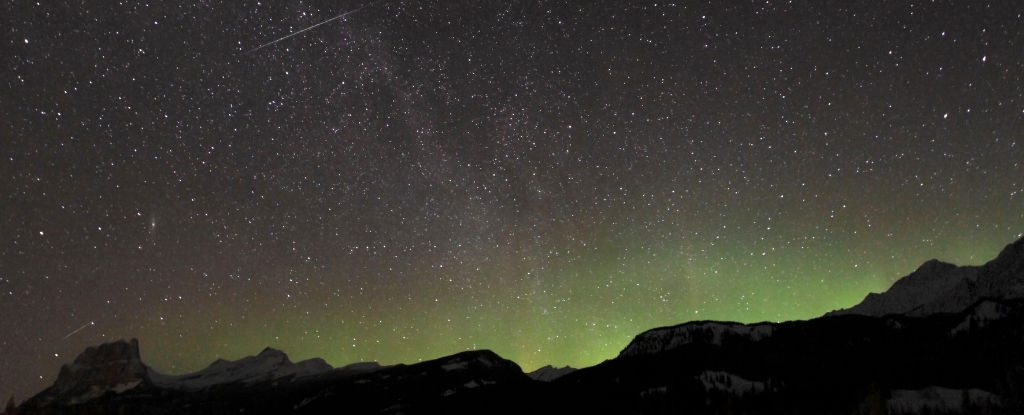
The Quadrantids is due to peak at 12:53 UTC on 4 January 2024, with up to 110 to 120 meteors streaking through the atmosphere per hour. It’s one of the most intense meteor showers to grace our skies per year…

Presidential candidates from the Democrat, Republican, and Independent parties are using their platforms on the campaign trail to promote visions for psychedelics reform.
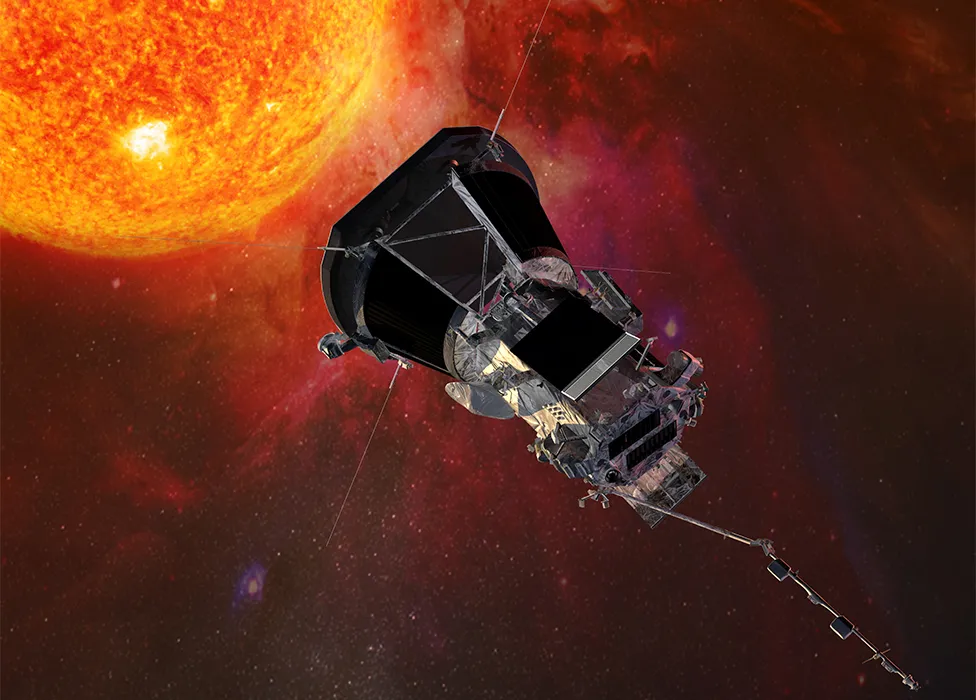
A year from now, on 24 December, Nasa’s Parker Solar Probe will race past the Sun at the astonishing speed of 195 km/s, or 435,000 mph. No human-made object will have moved so fast nor, indeed, got so close to our star – just 6.1 million km, or 3.8 million miles from the Sun’s “surface”.

Scientists in China recently made a discovery at the heart of our planet: Every 8.5 years, the Earth’s inner core wobbles around its rotational axis. This shift is likely caused by a tiny misalignment between the inner core and the Earth’s mantle—the layer below the Earth’s crust, according to the researchers’ new study.

Researchers have discovered a significant link between musical synchronization and social connectedness…the study found that individuals who synchronized their musical rhythms felt a stronger sense of connection with their peers, highlighting music’s unique role in fostering social cohesion.
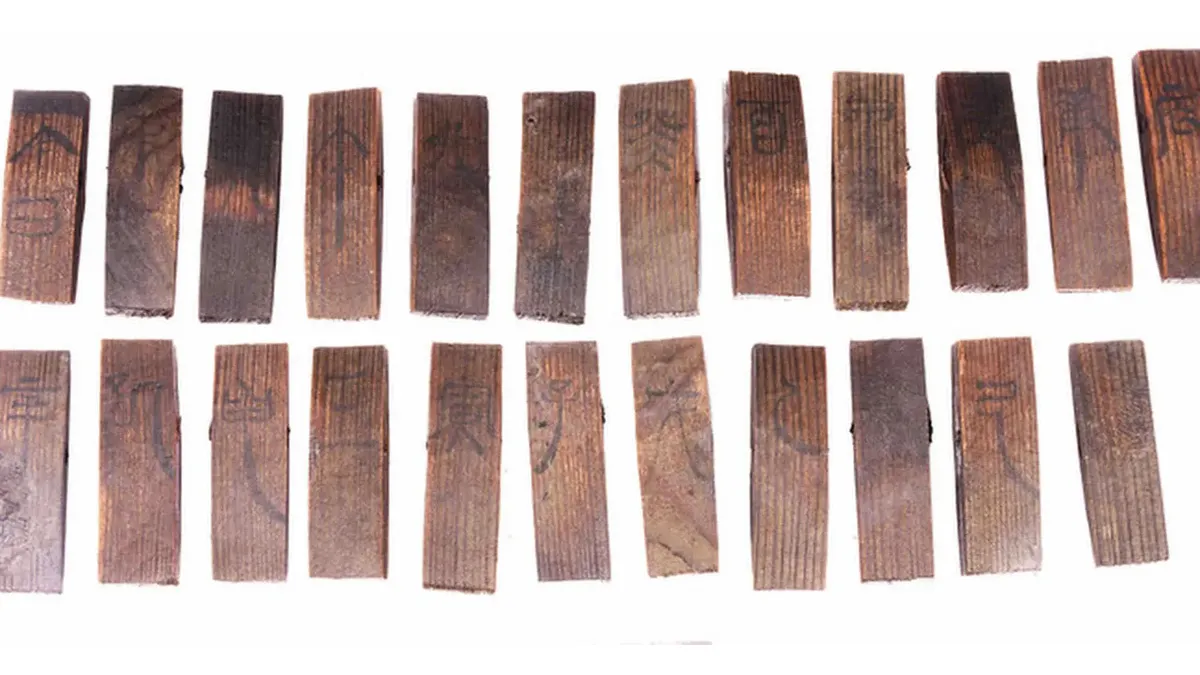
Archaeologists in China have unearthed a mysterious set of rectangular wooden pieces linked to an ancient astronomical calendar. The artifacts were discovered inside an exceptionally well-preserved 2,000-year-old tomb in the southwest of the country.

Men and women might have had their fingers deliberately chopped off during religious rituals in prehistoric times, according to a new interpretation of palaeolithic cave art.
The sea off the north-west of Australia used to host islands and even a huge landmass, big enough to support half a million people, according to new archaeological research. A study published in Quaternary Science Review has mapped a world that appeared and disappeared with changing sea levels over the past 70,000 years.
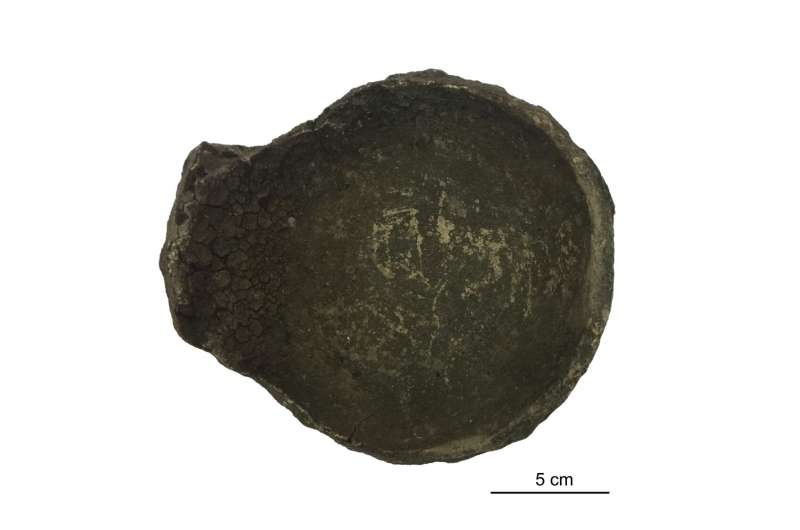
In the study published in the Journal of Archaeological Science, the researchers examined 57 pot sherds with foodcrusts mainly attributed to the Songze cultural period (ca. 5800–5300 BP).

A world-first, non-invasive AI system can turn silent thoughts into text while only requiring users to wear a snug-fitting cap.
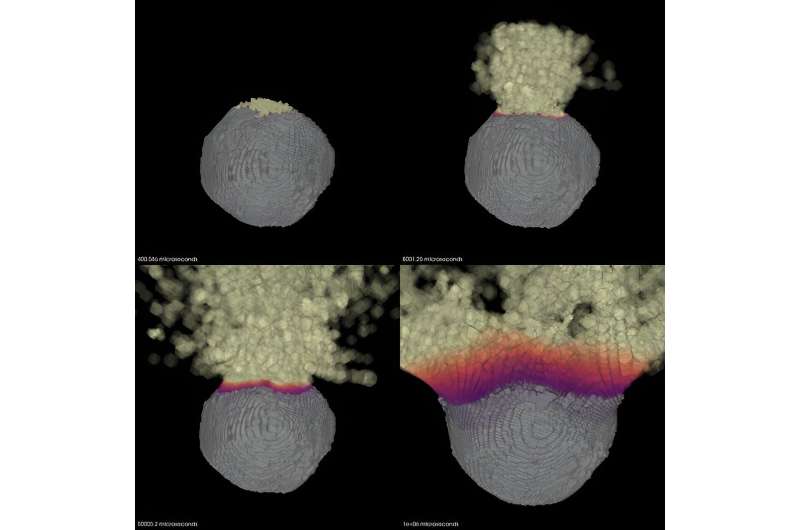
The research, published in the Planetary Science Journal, introduces a novel approach to simulating the energy deposition from a nuclear device on an asteroid’s surface.

The application of modern methods of dating fossil human remains has catalysed major revisions in our understanding of human evolution. A new review… shows how the reanalysis of fossils discovered across the world brings into question our current ideas of human evolution, some of which may be incorrect.
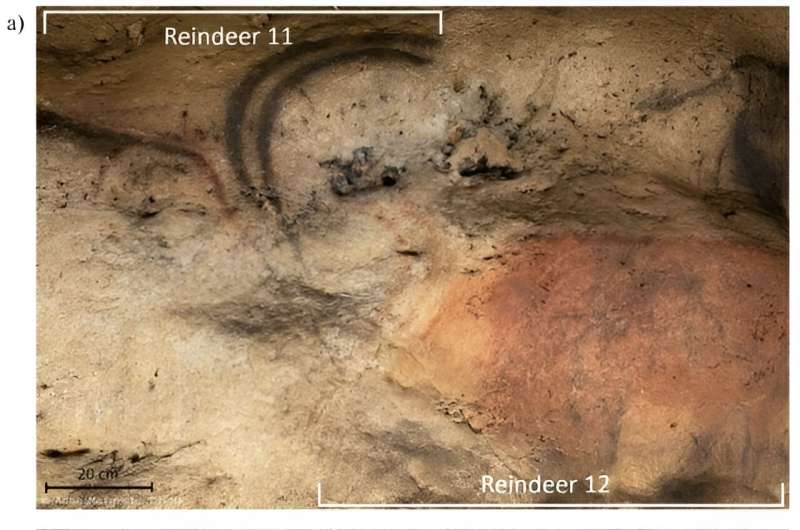
Now, a research team from the Center de Recherche et de Restauration des Musées de France has reported the first discovery of black carbon-based art in Dordogne’s Font-de-Gaume cave…The team’s findings…are published in Scientific Reports.

Ancient bricks inscribed with the names of Mesopotamian kings have yielded important insights into a mysterious anomaly in Earth’s magnetic field 3,000 years ago, according to a new study involving University College London researchers.
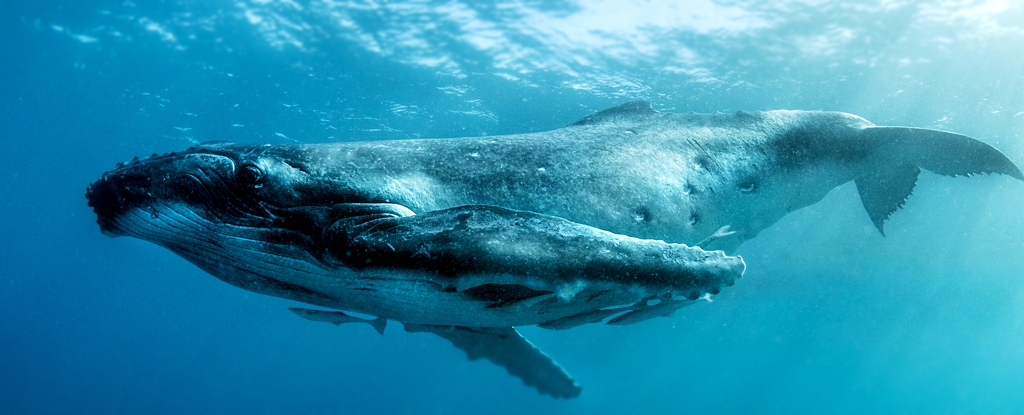
In a recent study, scientists from UC Davis, the Alaska Whale Foundation, and SETI (Search for Extraterrestrial Intelligence) teamed up. Their mission: Communicate with whales. And they did just that.

In research presented on Friday, 15 December at the American Geophysical Union Annual Meeting (AGU23) in San Franciso, paleoclimate reconstructions of the Pacific Northwest hint that sea ice may have been one way for people to move farther south.








